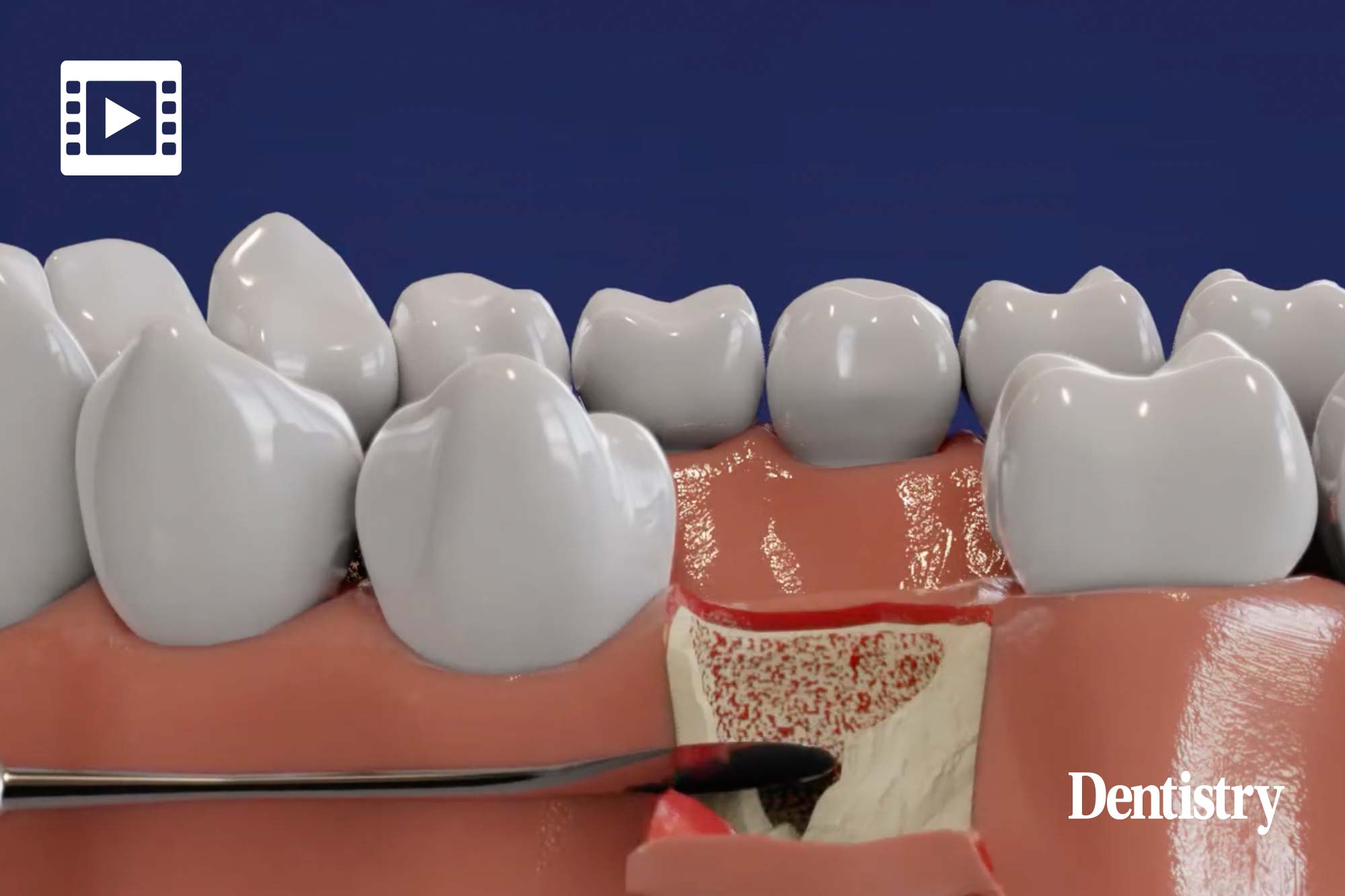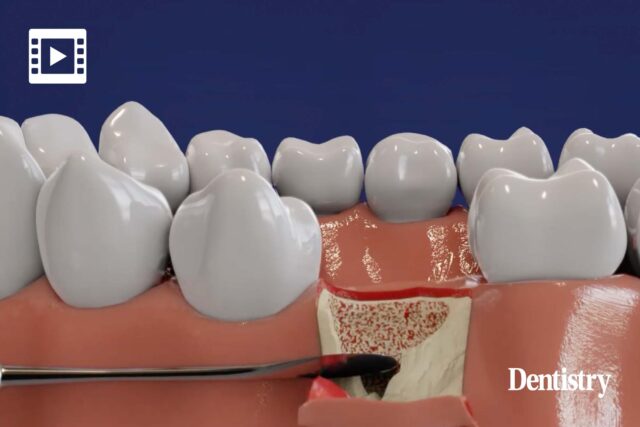
[embedded content]
Dr Michael Ainsworth talks us through the benefits of ethoss and how it’s transformed his bone grafting journey.
Please introduce yourself
I’m Michael Ainsworth and I have a referral practice just south of Sheffield. I mainly do implants and complex restorative. I’ve been using ethoss since it came out in 2007 almost exclusively.
Tell us about your personal bone grafting journey, and how you came across ethoss?
I originally started using bovine materials and autogenous bone. But then I met Peter Fairbairn in 2005 and, over time, he persuaded me that the synthetic materials were worth using.
I started using a product called Vital and had good results with it. It became my exclusive product for grafting over that period of time. Since 2007/2008, I’d been using these materials almost exclusively.
I was lucky to be early to the party with ethoss. We used to use little bits of powder, modifying it here and there and changing the properties depending on what we wanted.
But it seems that ethoss just sort of fulfils the criteria that we require. We can use it for most things.
Have you found ethoss to be successful?
It just works – that’s the strange thing. You obviously have to know how the material works. If you’re coming from a different background, it does take a little bit of time to acclimatised yourself.
There are a set of protocols that work very, very well with this particular product – from extraction all the way through to a four-week placement.
It’s a suite of techniques rather than a bone grafting material, I’d say.
You can’t use exactly the same rules for football as you do for rugby. The same applies to this – it’s like changing disciplines. You broadly want to achieve the same thing but you’re using a different set of rules.
What have your observations been using ethoss in the longer-term?
It’s either really good or you know it’s gone wrong, which is very useful. Ethoss is basically all gone in 18 months, so if it’s disappeared, you know you’ve got a good result.
If it’s looking good after a year or so it’s just going to stay the same.
How do you get the best results?
It’s one of those materials that’s not very forgiving to lack of attention to detail.
You need to be very, very fastidious about everything – start with smaller surgeries rather than larger surgeries.
Use your old technique until you’re really really comfortable, and then move on to ethoss. Sometimes people think throwing a bit of ethoss on a giant defect will work. I’d say start with something that’s a bit more of a slam dunk.
It’s like anything – those who experience failure with it is because they go straight into something massive. You wouldn’t start with a massive implant case if you’ve never done them before.
I’d also say read as much as you can. Start small and gradually grow it from there. start to understand how everything works.
There are lots of mentors and lots of people who will happily answer questions.
There’s also plenty of resources on the ethoss website for you to watch. Learn before you go and start small.
What applications do you find this material is best suited to?
It’s got a very broad range of materials that you can use it for. I think the classic solution is a single tooth that’s failing. There may be a removal of the tooth – allowing it to heal for four weeks – before opening a flap up, placing an implant, placing the graft over top and then closing it completely.
It’s so incredibly reliable, even with defects that you would traditionally be quite worried about. It just seems to work very, very well.
What advice would you give to anyone looking to switch to ethoss?
It’s a very, very different way of thinking. Every other material pretty much requires big open surgery requires more of a staged approach.
It also requires membranes over the top of the material. Ethoss doesn’t require a lot of that stuff. But at the same time, you can’t just sort of slap it in and just go for it. It does require a slight change in your mindset.
I’d advise going on a course and present your case on either a Facebook group or to a mentor who’s close to you.
Ask questions about the case. Maybe even go and watch someone use it once or twice and then really go for it.
For more information visit www.swallowdental.co.uk/dental-products/bone-graft-materials.html.
Adblock test (Why?)






